Maa Chandraghanta, Maa Kushmanda, Maa Shailputri, Maa Brahmacharini, Maa Skandamata, Maa Katyayani, Maa Kalaratri, Maa Mahagauri, and Maa Siddhidatri are among her nine incarnations that are worshipped during Navratri.
Navadurga is the name for these nine manifestations of Adi Shakti. Navratri commemorates Maa Durga’s victory of demon Mahishasura, while Vijaya Dashami/Dussehra festivals honour its conclusion.
Navratri 2024: Ritual timings
Start Date: October 3rd, 2024 (Thursday)
End Date: October 12th, 2024 (Saturday)
Ghatasthapana Muhurat (Kalash sthapna): Morning: 06:30 am to 07:31 am
Abhijit Muhurat: 12:03 PM to 12:51 pm
Nine Avatars of Maa Durga and their significance
• Maa Shailputri
Goddess Parvati gave birth to Lord Himalaya’s daughter following her self-immolation. She was Maa Shailputri in this incarnation. Shail means mountain in Sanskrit. Shailputri thus translates to “the daughter of the mountain.” On the first day of Navratri, worship is dedicated to Goddess Shailputri.
• Maa Brahmacharini
After taking on her Kushamnada form, Maa Parvati was born at Daksha Prajapati’s house. In this avatar, Goddess Parvati was a great Sati; in her single state, she was worshipped as Goddess Brahmacharini. Lord Mangal, the giver of all good fortunes, is ruled by the Goddess.
She underwent intense penance in order to marry Lord Shiva. She slept on the floor for 1,000 years while consuming only fruits and flowers, and for an additional 100 years, she only ate leafy vegetables as part of her penance.
• Maa Chandraghanta
Maa Parvati’s married avatar is Goddess Chandraghanta. The Goddess, also known as Maa Chandraghanta, had a half or crescent moon adorning her forehead after she wed Lord Shiva. On the third day of Navratri, she is worshipped and is the ruler of Shukra.
• Maa Kushmanda
After assuming the Siddidatri form, Goddess Parvati moved into the centre of the Sun to allow the Sun to unleash energy throughout the universe. Maa Kushmanda possesses the ability to live inside the Sun, and her body radiates light in a similar manner to that of the Sun. The goddess, Ashtabhuja Devi, is said to have eight hands.
• Maa Skandamata
Goddess Parvati was referred to as Maa Skandamata after she became the mother of Lord Skanda/Lord Kartikeya. Worshippers of this embodiment of Goddess Parvati receive the benefits of Lord Kartikeya as well. The fierce lion is mounted by Goddess Skandamata, who then holds the infant Murugan in her lap. She is referred to as Goddess Padmasana and is also seated on a lotus flower.
• Maa Katyayani
Goddess Parvati took the shape of Goddess Katyayani in order to destroy the devil Mahishasura. It was the fiercest incarnation of Parvati, the Warrior Goddess. The sixth day of Navratri is dedicated to worshipping Maa Katyayani. Drik Panchang claims that Goddess Parvati was born at the sage Katya’s house, which is why this version of the goddess is called Katyayani.
• Maa Kalaratri
Goddess Kalaratri was the name given to Goddess Parvati after she killed the demons Shumbha and Nishumbha by removing her golden skin. She is regarded as the Goddess Parvati in her most ferocious aspect. Maa Kalaratri is a donkey rider with a black skin. Her left hands hold a sword and the lethal iron hook, while her right hands are shown in the Abhaya and Varada Mudra poses.
• Maa Mahagauri
Goddess Shailputri was sixteen years old, exquisitely lovely, and endowed with a fair complexion. She was referred to as Goddess Mahagauri as a result. Rahu is the planet that she rules. Goddess Mahagauri is associated with the conch, the moon, and the white flower of Kunda because of her fair skin tone. As she solely wears white clothes, she is also known by the name Shwetambardhara.
• Maa Siddhidatri
Hindu texts state that at the beginning of the universe, Lord Rudra appealed to the formless Adi-Parashakti, the ultimate Goddess of Power, for creation. Lord Shiva’s left half gave birth to her as Maa Siddhidatri, and as a result, Lord Shiva became known as Ardha-Narishwar. She is the Goddess who grants all kinds of Siddhis to those who worship her.
First Published: Sep 26 2024 | 12:11 PM IST

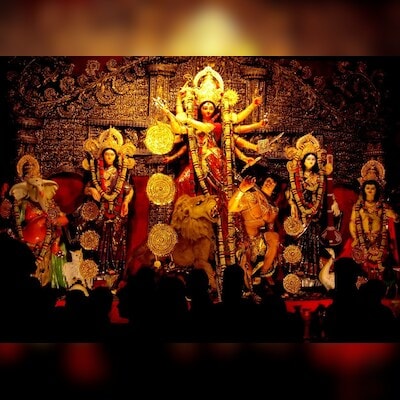

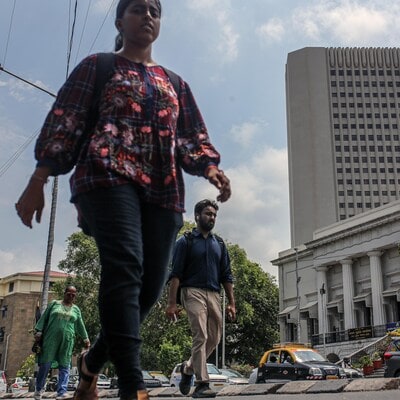
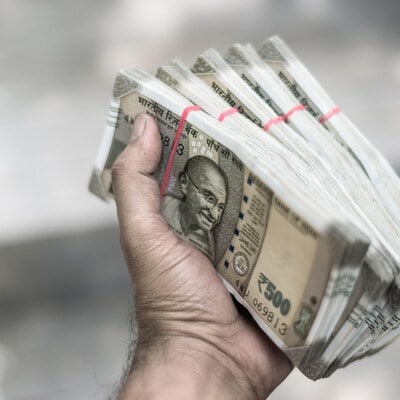
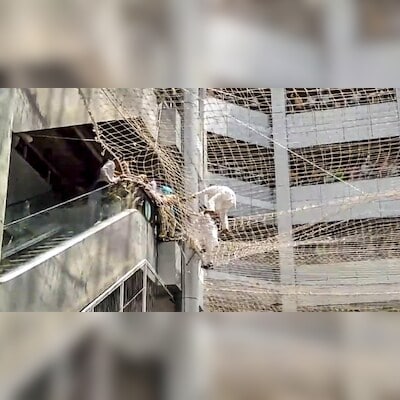


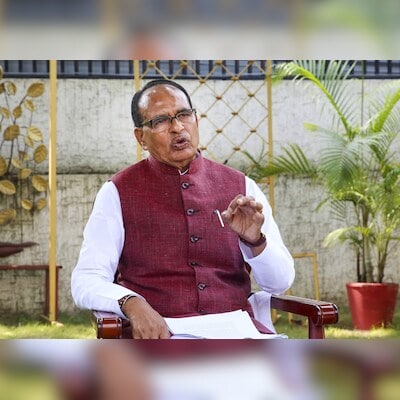

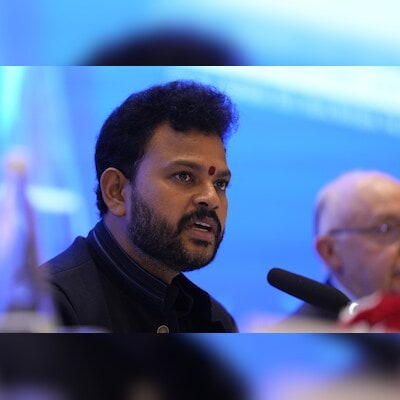
Leave a Reply